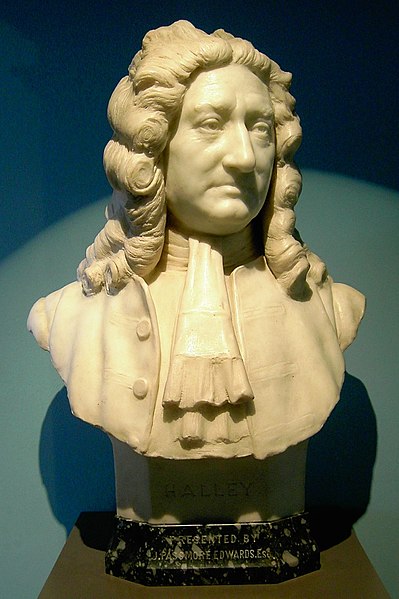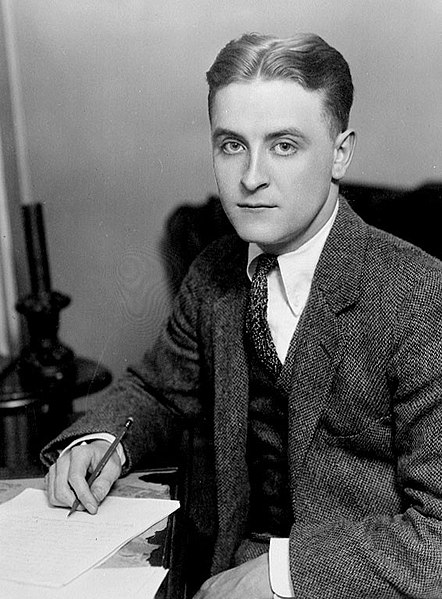 |
| Edmond Halley made the first accurate predictions. |
Halley's Comet Comes Closest to Earth, 837 AD
Halley's Comet, as you probably know, is visible from earth every 75 to 76 years. It's considered a short-period comet, which is a comet that has an orbit taking less than 200 years, and it's the only short-period comet that can be seen with the naked eye. If you're hoping to see a particular comet twice in a lifetime, Halley's Comet is your best bet -- well, actually, your only bet.Mankind has been observing Halley's since at least 240 BC, and possibly as early as 466 BC. Of course, we didn't realize it was the same comet returning until 1705, when Edmond Halley published a work that identified the sightings of 1456, 1531, 1607, and 1682 as being the same comet. He predicted that it would return in 1758. It did, but Halley didn't live to see it.
Halley wasn't quite so lucky with some of his other predictions. He also believed that the earth was a hollow shell, fitted around two interior spheres, each moving at its own speed and having its own magnetic poles. He also thought it possible that the interior spheres might be inhabited. Gases escaping from the interior atmospheres were what caused the Aurora Borealis.
The appearance of Halley's Comet has been considered significant throughout recorded history. It would have made an appearance in 12 AD, and some scholars believe that it may be the explanation for the story of the Star of Bethlehem. It was also seen in 1066, just before the battle of Hastings, and was taken as an omen. There's also a legend that Genghis Khan saw Halley's Comet in 1222, and was inspired to begin the conquest of Europe.
Mark Twain, in his autobiography, stated, "I came in with Halley's Comet in 1835. It is coming again next year, and I expect to go out with it. It will be the greatest disappointment of my life if I don't go out with Halley's Comet." He died the day following the comet's closest approach to the sun.
Safety Pin Patented, 1849
 |
| Walter Hunt |
This wasn't Hunt's only invention. In 1833, he invented a lockstitch sewing machine that used an eye-pointed needle (the eye was on the pointed end of the needle.) He didn't patent his sewing machine because he didn't want to make the machine unattainable by seamstresses, resulting in widespread unemployment. He also invented a repeating rifle, a streetcar bell, a flax spinner, street sweeping machinery, artificial stone, and a velocipede.
The safety pin wasn't actually a new item -- items resembling safety pins had been used as far back as the ancient Mycenaeans in the 14th century BC. They were called fibulae, or brooches, and worked amazingly similarly to a modern pin, complete with spring and a cover for the point.
The Great Gatsby Published, 1925
 |
| Fitzgerald in 1921 |
When The Great Gatsby was first published, it received mostly good reviews, but was not a particular success commercially. Fitzgerald's previous novels, This Side of Paradise and The Beautiful and the Damned, had sold much better. Over time his sales waned even more, and by the time Fitzgerald died in 1941 he had been virtually forgotten.
Fitzgerald's obituary in The New York Times, however, mentioned The Great Gatsby as an example of Fitzgerald's writing at its finest, and stirred interest in the author. The book really got its big boost when it was selected as one of the books for the Armed Service Editions, which were given away to soldiers during World War II. About 150,000 copies were distributed to soldiers.
No comments:
Post a Comment